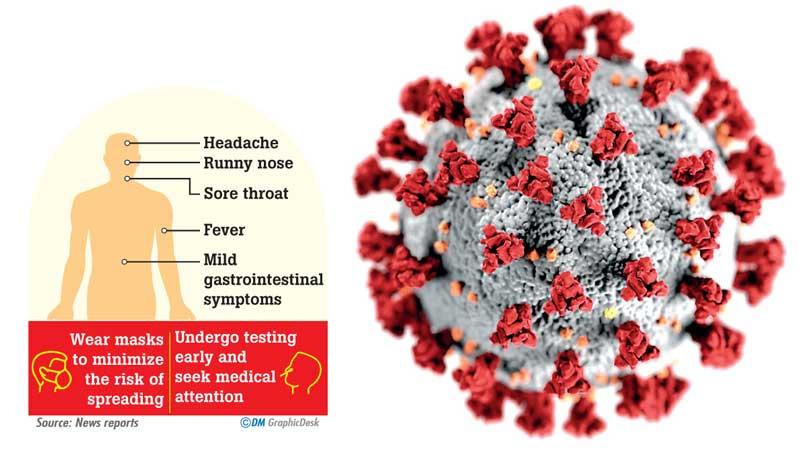
Colombo, Dec 18- In the wake of the detection of the immune-evasive and fast-spreading variant in Kerala, India, the health authorities in Sri Lanka have taken note of it and gone on alert.
India identified a new Covid sub-variant JN.1 in a woman in Kerala, raising concerns and emphasizing the need for alertness. The Union Ministry of Health on 16 December initiated preparedness measures after the case was identified in Kerala. A mock drill is also underway in health facilities across states, evaluating public health and hospital readiness.
Speaking to Daily Mirror, Sri Lanka COVID-19 Coordinator Dr. Anwar Hamdani said the Ministry has always been on alert on any new disease spreading in a foreign country as it could pose a threat to Sri Lanka.
“As far as the new sub-variant spreading in Kerala is concerned, we are vigilant and monitoring the situation,” said Dr Hamdani.
He also advised people to seek immediate medical attention if symptoms like fever, runny nose, sore throat persist over 48 hours and promptly cover themselves, wear masks to minimize the risk of spreading the infection, and undergo testing early.
The JN.1 variant of COVID is considered to be the Omicron subvariant BA.2.86 or Pirola. It was first detected in the United States in September 2023. As per a Reuters report, on 15 December, China detected seven infections of the particular subvariant.
Recently, the descendants of Pirola have been spreading in countries like the United States, the United Kingdom, Iceland, Spain, Portugal, and the Netherlands. So far, it has been detected in 38 countries, including India, and is believed to be responsible for the recent hike in hospitalisation in a few nations.
According to experts, the JN.1 variant is capable of spreading faster and evading immunity. "JN.1 is a severely immune-evasive and fast-spreading variant, markedly different from XBB and all other prior versions of this virus.
Furthermore, the reported symptoms include fever, runny nose, sore throat, headache, and, in some cases, mild gastrointestinal symptoms. Apart from this, doctors also emphasize that most patients experience these mild upper respiratory symptoms, which typically improve within four to five days.












